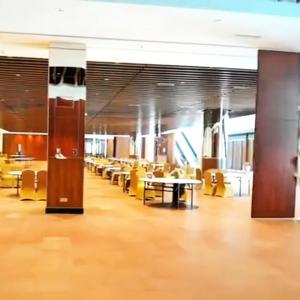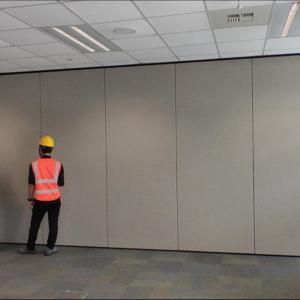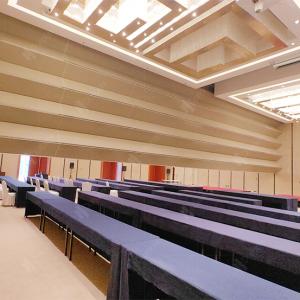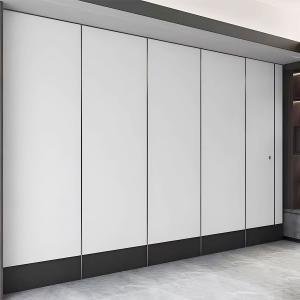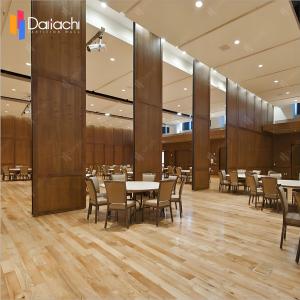In both commercial and residential design, soundproof Movable Partition Wall for office have emerged as a popular topic for flexible space division. While their adaptability and convenience offer significant advantages for space management, office operable partition wall also raise a host of concerns and debates.
The benefits of sliding folding partitions movable walls are clear. Modular room dividers allow for quick reconfiguration of spaces to meet various needs, making them ideal for multifunctional use. For example, in office environments, office acoustic movable walls can effectively create private meeting areas, relaxation zones, or temporary workstations, catering to dynamic requirements.
However, the controversies surrounding soundproof movable room partitions are equally noteworthy. Critics argue that while they provide flexibility, they may compromise the overall aesthetic of a space. The inherent mobility of these office sliding wall partitions can make it challenging for them to seamlessly blend with the broader design of the environment. Additionally, the soundproofing capabilities of folding wall partitions often fall short compared to traditional walls, potentially impacting the serenity of the space.
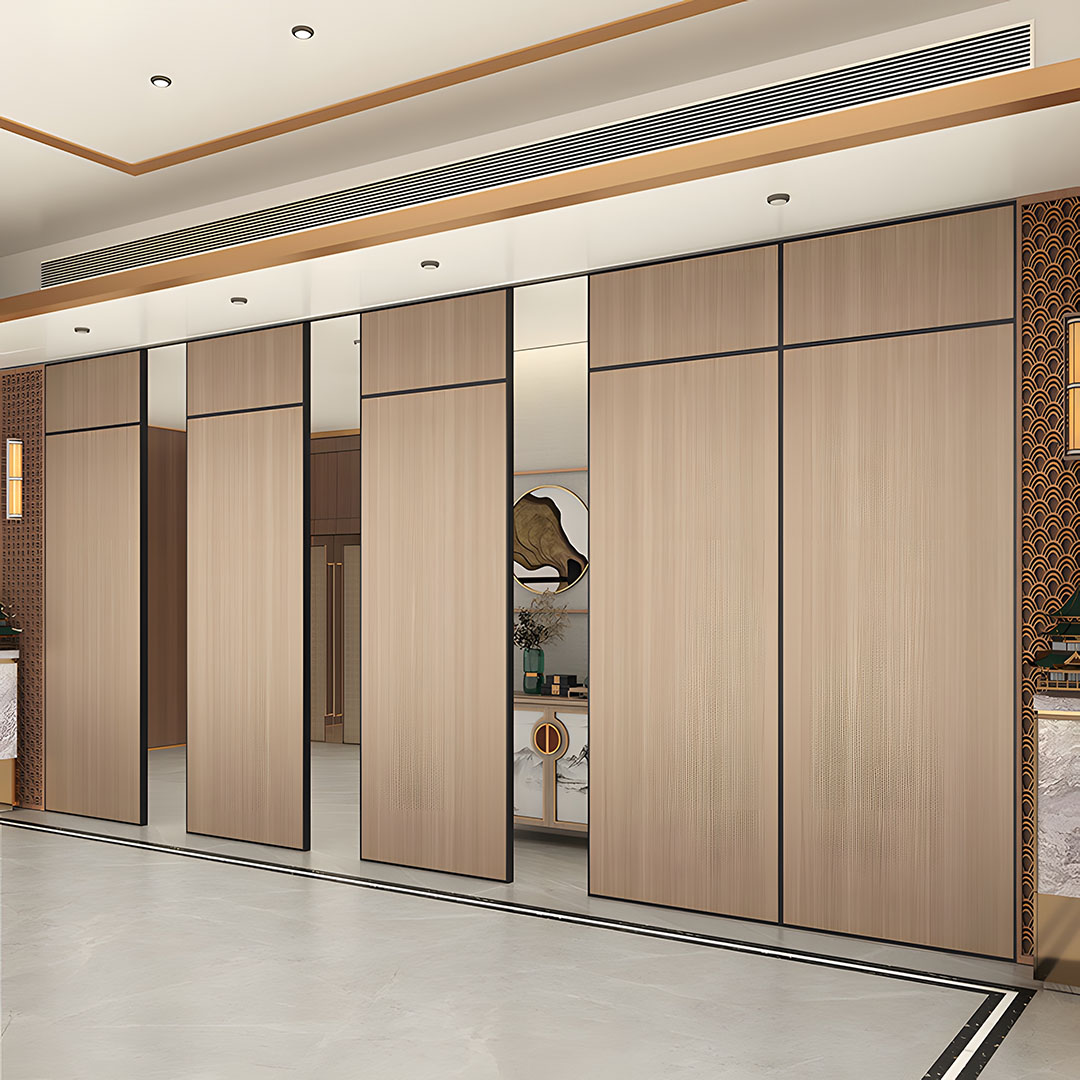
Despite advancements in modern retractable folding wall partition technology, achieving the same level of sound insulation as conventional walls remains a challenge. This shortcoming can be particularly significant in settings where confidentiality or quiet is paramount.
In response to these concerns, designers and architects are actively seeking solutions. They are integrating more aesthetic elements into the design of demountable wall systems to enhance their visual appeal and functionality. Innovations in materials and advancements in technology are continually improving the soundproofing properties of these sliding partitions.
